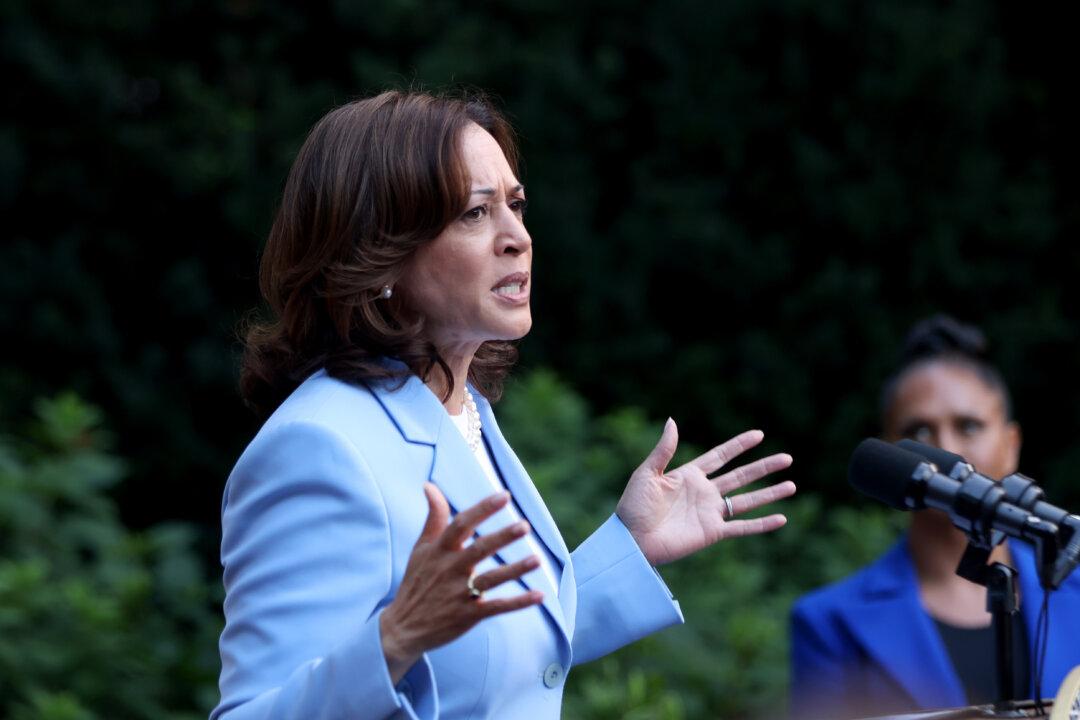The Biden administration has introduced a series of proposed measures aimed at making childcare more affordable to some working American families.
The proposed measures, announced on July 11, are linked to an executive order President Joe Biden signed earlier this year calling on federal agencies to find ways to make childcare more affordable.




